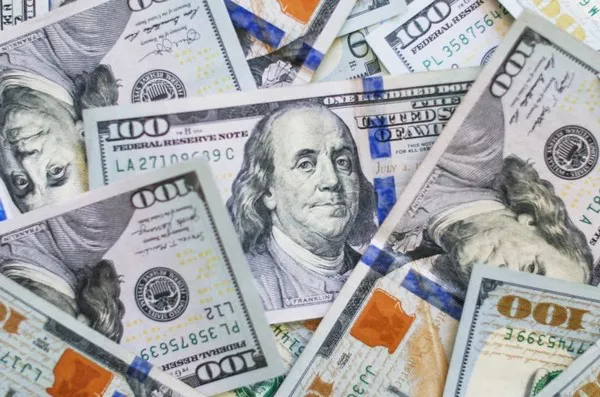Inflation and the strength of a nation’s currency, in this case, the U.S. dollar, are interconnected economic concepts that often perplex individuals and investors alike. While it might seem intuitive to assume that inflation weakens a currency’s value, the reality is far more intricate. In this article, we will delve into the complex relationship between inflation and the U.S. dollar, exploring the various factors, mechanisms, and real-world implications that determine whether inflation strengthens or weakens the dollar.
1. Understanding Inflation
Definition
Inflation is a phenomenon characterized by the general increase in the price levels of goods and services over time. It erodes the purchasing power of a currency, meaning you can buy less with the same amount of money.
Causes of Inflation
Inflation can be caused by various factors, including increased demand, supply constraints, or government policies like quantitative easing.
2. The Effects of Inflation on the Dollar
Weakening Effect
In the short term, inflation often weakens the U.S. dollar. As the value of a currency diminishes, it takes more dollars to purchase the same goods and services, which can lead to a decrease in the exchange rate.
Export Boost
A weaker dollar can boost U.S. exports since foreign buyers find American goods and services more affordable. This can stimulate economic growth and employment.
3. The Role of Interest Rates
Interest Rate Policies
Central banks, such as the Federal Reserve, use interest rate policies to combat inflation. When inflation rises, central banks may raise interest rates to reduce borrowing and spending, which can strengthen the dollar.
Attracting Capital
Higher interest rates can attract foreign capital seeking higher returns, leading to increased demand for the dollar and potential strength.
4. The Impact on Investments
Diversification
Investors often diversify their portfolios to hedge against inflation. Investing in assets denominated in different currencies can be a strategy to counteract potential dollar depreciation due to inflation.
Safe-Haven Status
During times of global economic uncertainty, the U.S. dollar is often considered a safe-haven currency. This status can lead to dollar strength, even during periods of inflation.
5. Real-World Examples
Historical Context
Examining historical periods can provide insights into the relationship between inflation and the dollar. For instance, the 1970s saw high inflation and a weaker dollar, while the 1980s witnessed tighter monetary policies, lower inflation, and a stronger dollar.
Recent Trends
Analyzing recent trends, such as the impact of quantitative easing following the 2008 financial crisis, can help gauge the dollar’s response to inflationary measures.
6. The Future Outlook
Economic Conditions
The dollar’s response to inflation is influenced by prevailing economic conditions, including fiscal policies, global trade dynamics, and geopolitical events.
Monitoring Indicators
Investors and economists closely monitor key indicators like the Consumer Price Index (CPI) and Producer Price Index (PPI) to gauge inflation levels and anticipate potential dollar movements.
7. Conclusion
In conclusion, the relationship between inflation and the U.S. dollar is far from straightforward. While inflation can initially weaken the dollar, various factors, including interest rate policies, investment strategies, and global economic dynamics, contribute to the overall picture. Understanding the intricate interplay between these elements is essential for investors, policymakers, and anyone interested in the broader implications of inflation on the strength of the dollar. As economic conditions evolve, so too will the complex relationship between inflation and the U.S. dollar, making it a critical area of study and analysis in the world of finance and economics.


